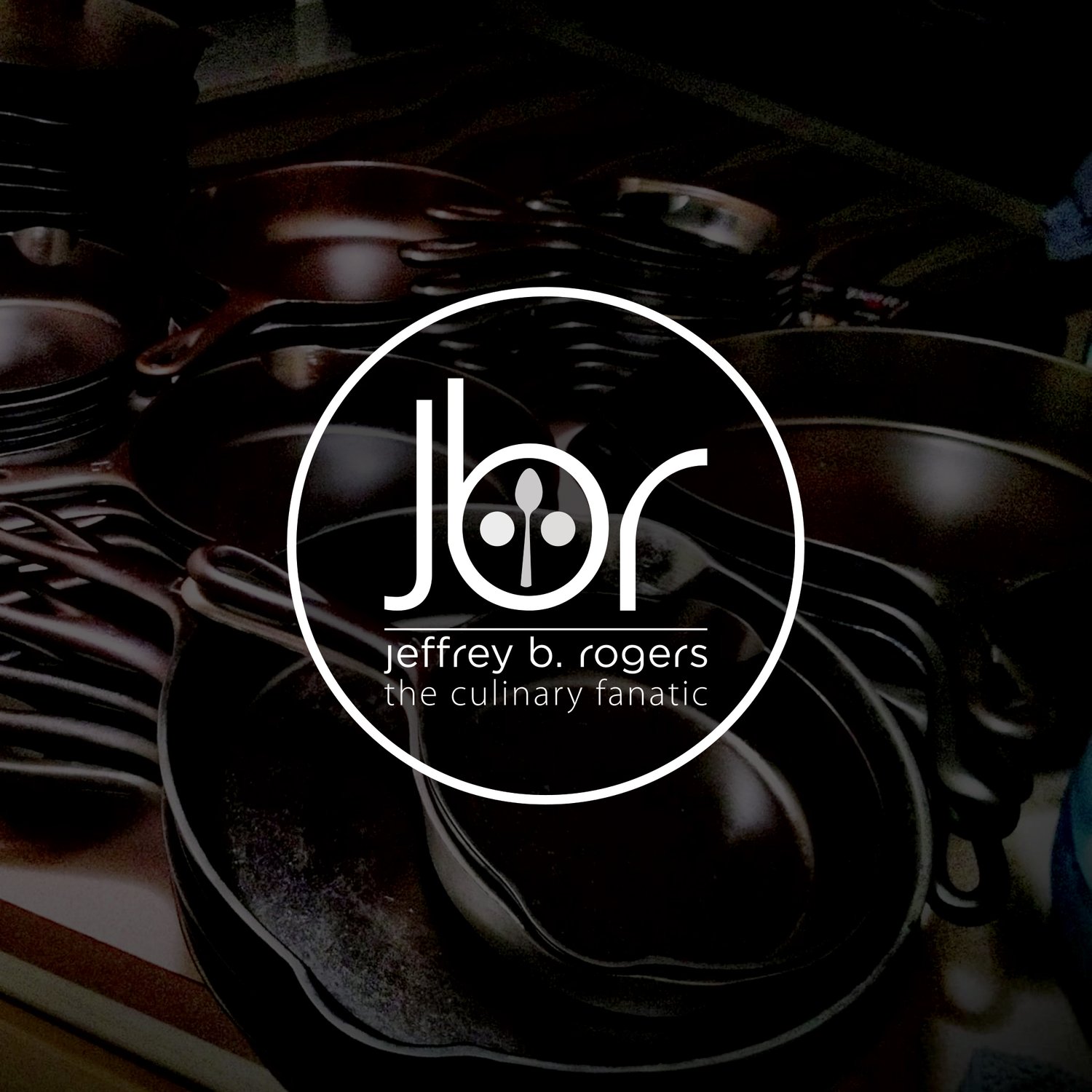I was wondering if many of you guys on here have had any experience in stripping "caked" up cast iron pans? I have built an electrolysis tank and it works great for lightly caked pans.
It's made out of a 30 gallon plastic barrel with a manual battery charger (6v 2amp & 12v 2amp/10amp) I put around 17-23 gallons of water in it with 2 cups Arm & Hammer washing soda mixed well (none settling at bottom) I have 2-12x18? 22 gauge steel sheet metal attached with solid core copper wire and black anodized bolts. I hang the cast iron skillets with a piece of the solid core wire after roughing the hole in the handle up with sandpaper to get a somewhat good connection.
The tank will strip 90% of the old buildup off of the cast iron pans but leave spots of absolutely hardened buildup that I have to beat/scrape off with end of needle nose pliers. I have ready about the easy off method and got a couple of cans to give it a "lye" soaking but I heard it takes multiple times to strip it. And that stuff is more toxic than just washing soda and water.
The pans I'm stripping aren't mine and I would like to get the entire piece down to bare metal and not leave streaks of buildup. I leave pans in electrolysis tank 24hrs at a time, take them out to scrub off what buildup has turned loose with rough scotchbrite and wire brush. It took 6 days in tank and 2 hrs of elbow grease on last one.
Do you guys have any input that could help me figure out how to speed up the process a day or two or do I just need to let the electrolysis tank do its job. I'm still new(ish) at it and don't want to mess the pans up.
Also what kind of cloth/rag do you use to wipe the oil in the pan to season it to keep from leaving "lint" in the pan during seasoning process?
It's made out of a 30 gallon plastic barrel with a manual battery charger (6v 2amp & 12v 2amp/10amp) I put around 17-23 gallons of water in it with 2 cups Arm & Hammer washing soda mixed well (none settling at bottom) I have 2-12x18? 22 gauge steel sheet metal attached with solid core copper wire and black anodized bolts. I hang the cast iron skillets with a piece of the solid core wire after roughing the hole in the handle up with sandpaper to get a somewhat good connection.
The tank will strip 90% of the old buildup off of the cast iron pans but leave spots of absolutely hardened buildup that I have to beat/scrape off with end of needle nose pliers. I have ready about the easy off method and got a couple of cans to give it a "lye" soaking but I heard it takes multiple times to strip it. And that stuff is more toxic than just washing soda and water.
The pans I'm stripping aren't mine and I would like to get the entire piece down to bare metal and not leave streaks of buildup. I leave pans in electrolysis tank 24hrs at a time, take them out to scrub off what buildup has turned loose with rough scotchbrite and wire brush. It took 6 days in tank and 2 hrs of elbow grease on last one.
Do you guys have any input that could help me figure out how to speed up the process a day or two or do I just need to let the electrolysis tank do its job. I'm still new(ish) at it and don't want to mess the pans up.
Also what kind of cloth/rag do you use to wipe the oil in the pan to season it to keep from leaving "lint" in the pan during seasoning process?



